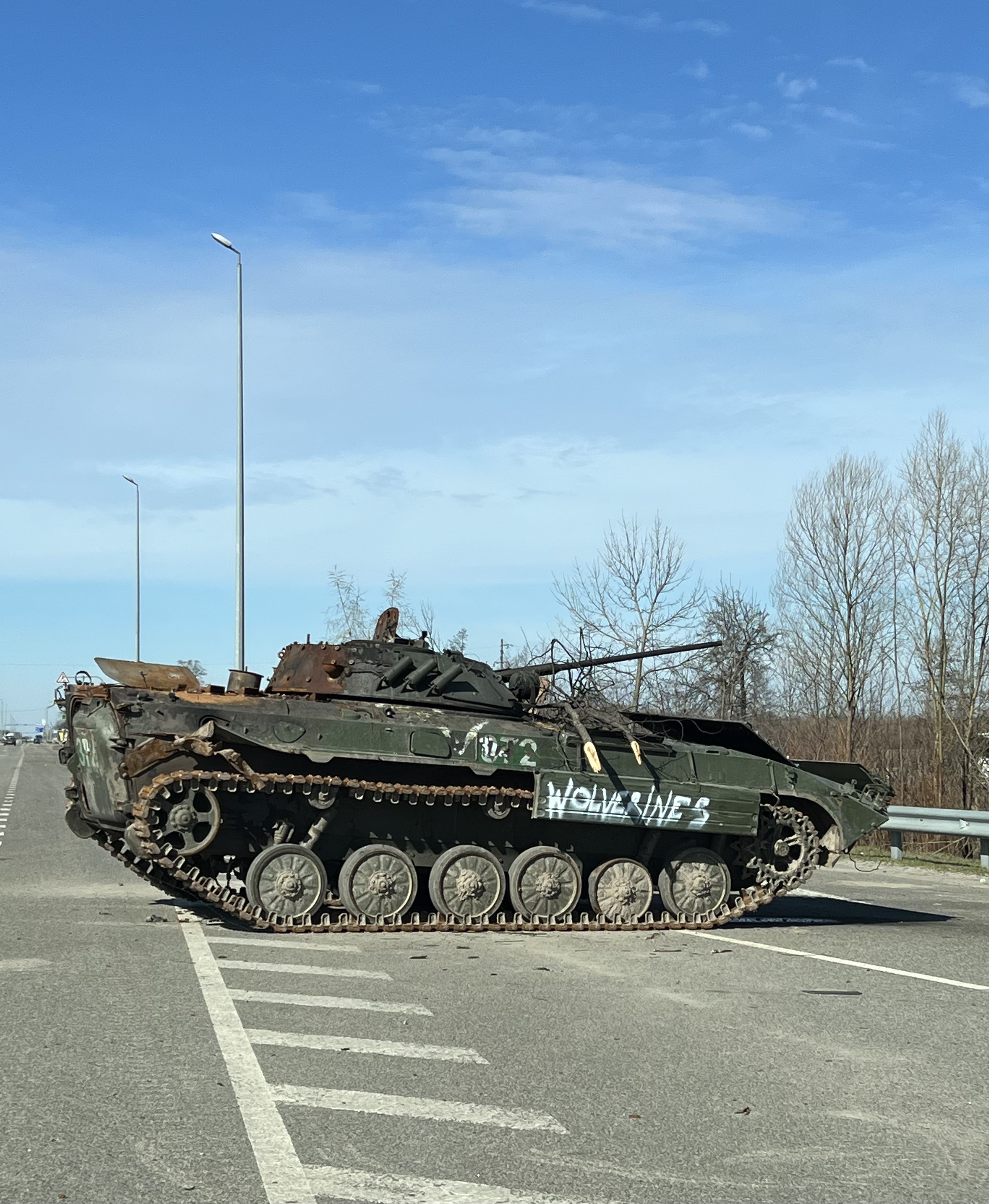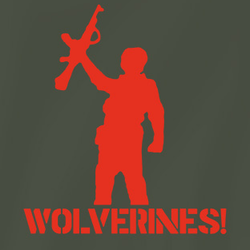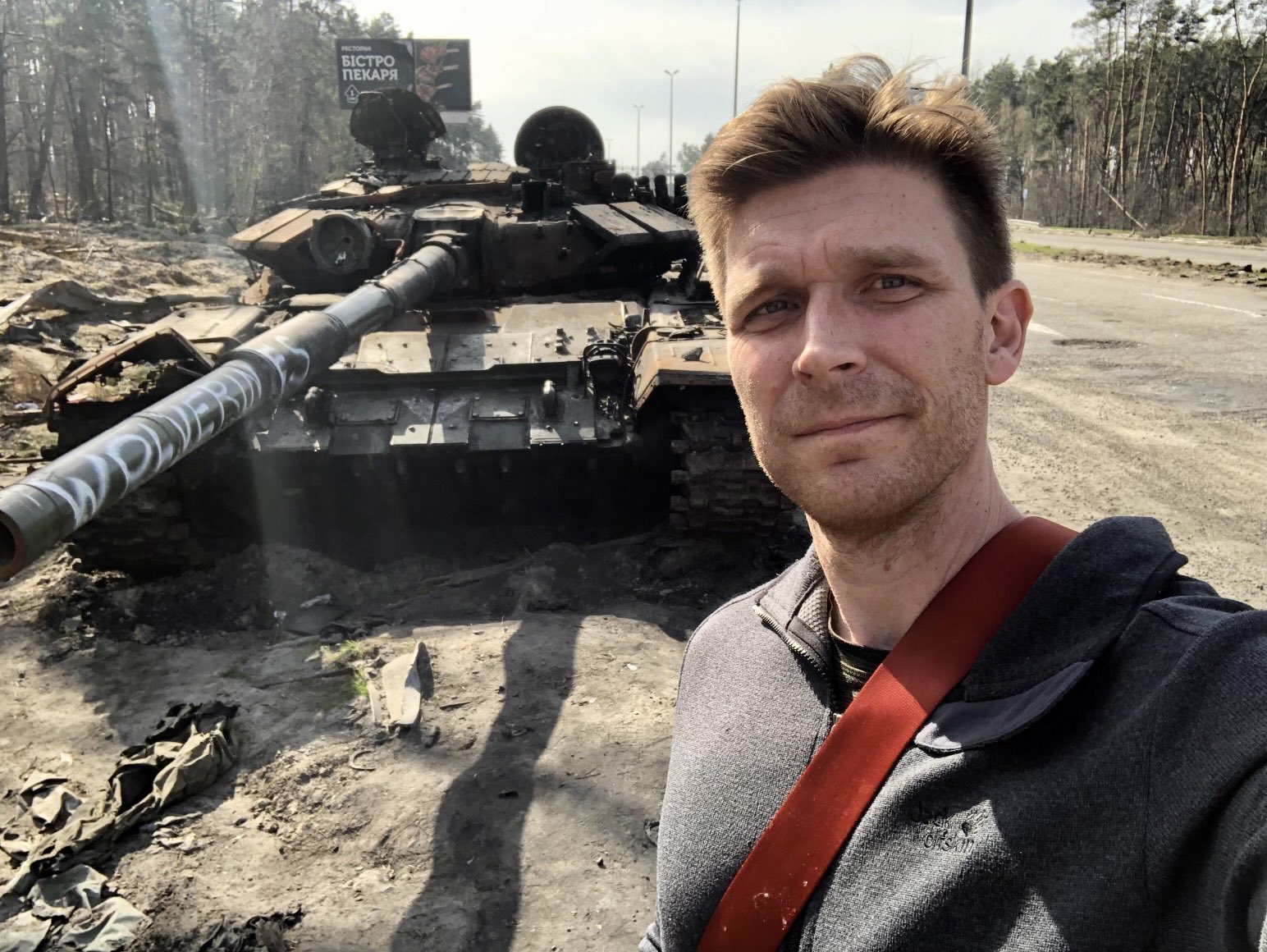I have zero knowledge when it comes to ships let alone military ones. Still, I don't understand exactly how fire can lead to sinking. How is fire capable of damaging the thick metal hull of a ship?
Steel (strongest most commonplace metal around these days incl for ships) loses strength (and other useful material properties) with prolonged exposure/contact to high temperature.
Fires can provide just that (starting at around 300 deg C and ranging all the way up to 1600+ deg C depending on fuel and oxygen)
Steels also melt at around 1400+ deg C (complete loss of solid properties and full geometric collapse etc).
Even concerning just loss of strength alone, there are several weak points of any steel structure (attachment points, load bearing points etc) that are under various design loads intensity/concentration compared to the "average" of the design.
These will plastically deform first (causing quick or eventual failure of one type in the area or other areas given importance of geometric retention in the design).... or fail/rupture all together (causing the more pronounced "brittle" failure known to most).
Illustrative examples:
For even "fire resistant" steels (regd. the effect on plastic deformation initiation):

Stiffness (resistance to elastic deformation):

@MisterLike @Anmdt et al.
It is very important to have mitigation (firewalls, bulkheads, immediate fire suppression etc) on warships and anything else vital that harness steel extensively in their design.
This is part of the shift in warships to better design philosophy of having all flammable systems (like missiles) well contained within the superstructure of a warship (i.e VLS etc) rather than what Moskva had with them arranged on the sides (in a more "easy" + "cheap" conversion of ship mass to firepower) and more easily penetrated and detonated.
The role of the ship was quite different (a cold war carrier hunter) like heavily loaded revolver with little up to date commensurate protection (past its AAW for the flotilla at large).
It (with support ships of flotilla) would ideally be already deployed in open sea and more "unknown" by NATO forces in cold war (continuation) with assets (continued) USSR would have (hypothetically) developed and deployed for this (unlike how its gone with Russia).
@Anmdt has brought up salient points on the modernisation efforts being inadequate, especially for the more static goalkeeping + CnC use it seems to have found in black sea for this campaign. It was well out of its depth (for its optimal use) literally...the raw power level was grossly misapplied ...but largely out of little choice.
@Joe Shearer @Paro et al.
@Baron Vladimir Harkonnen nice to see you scouting around for some "spice".
Last edited:


















